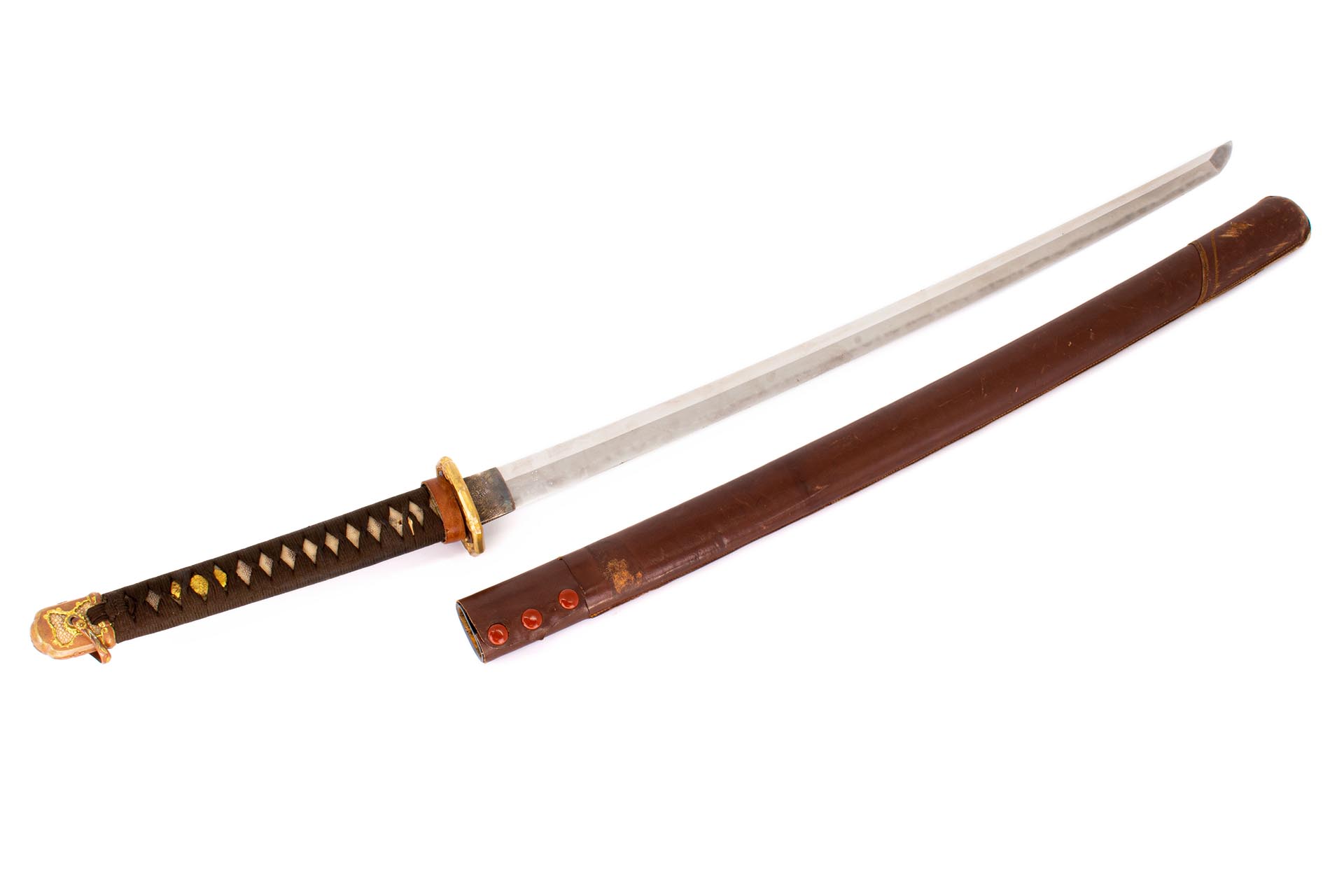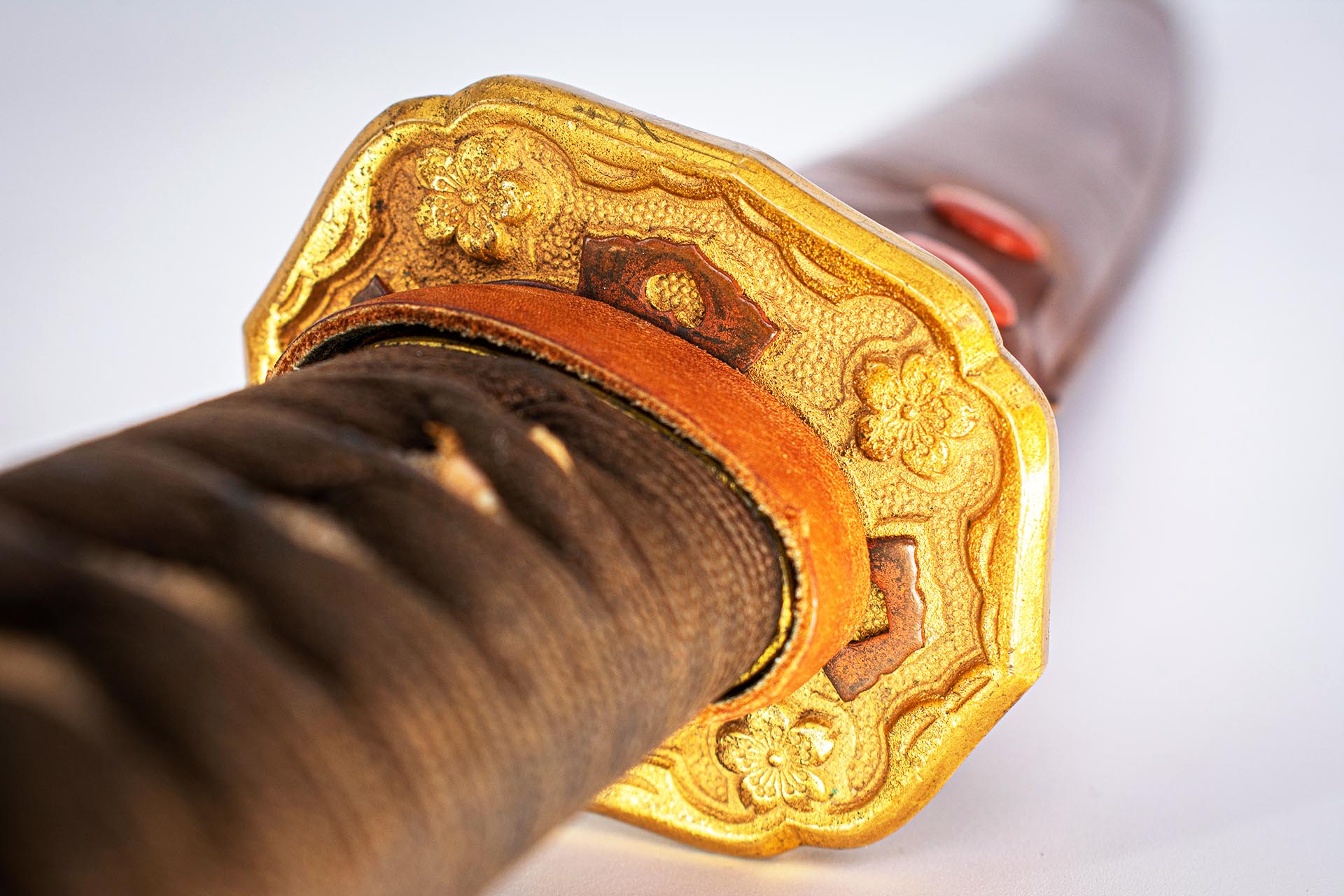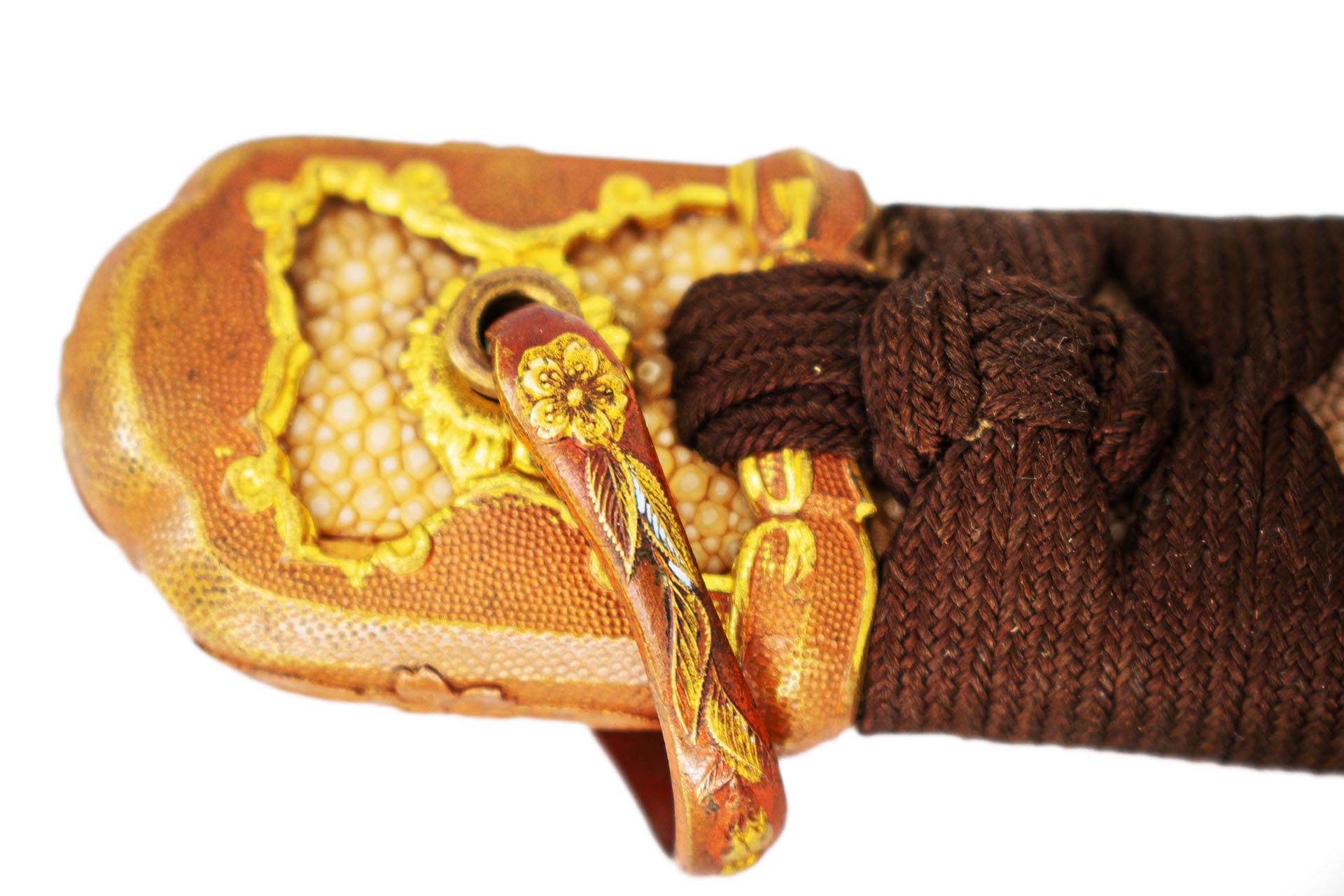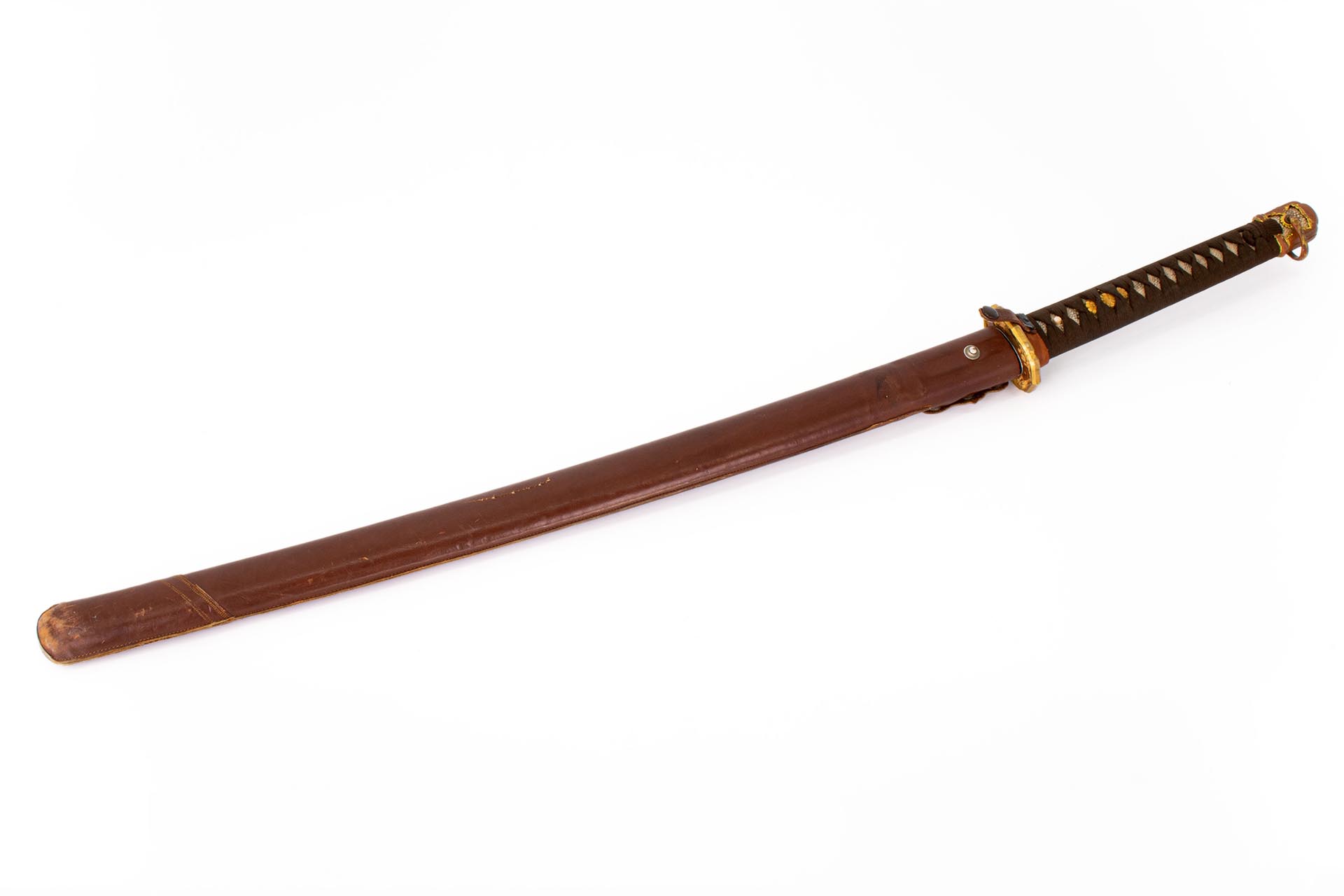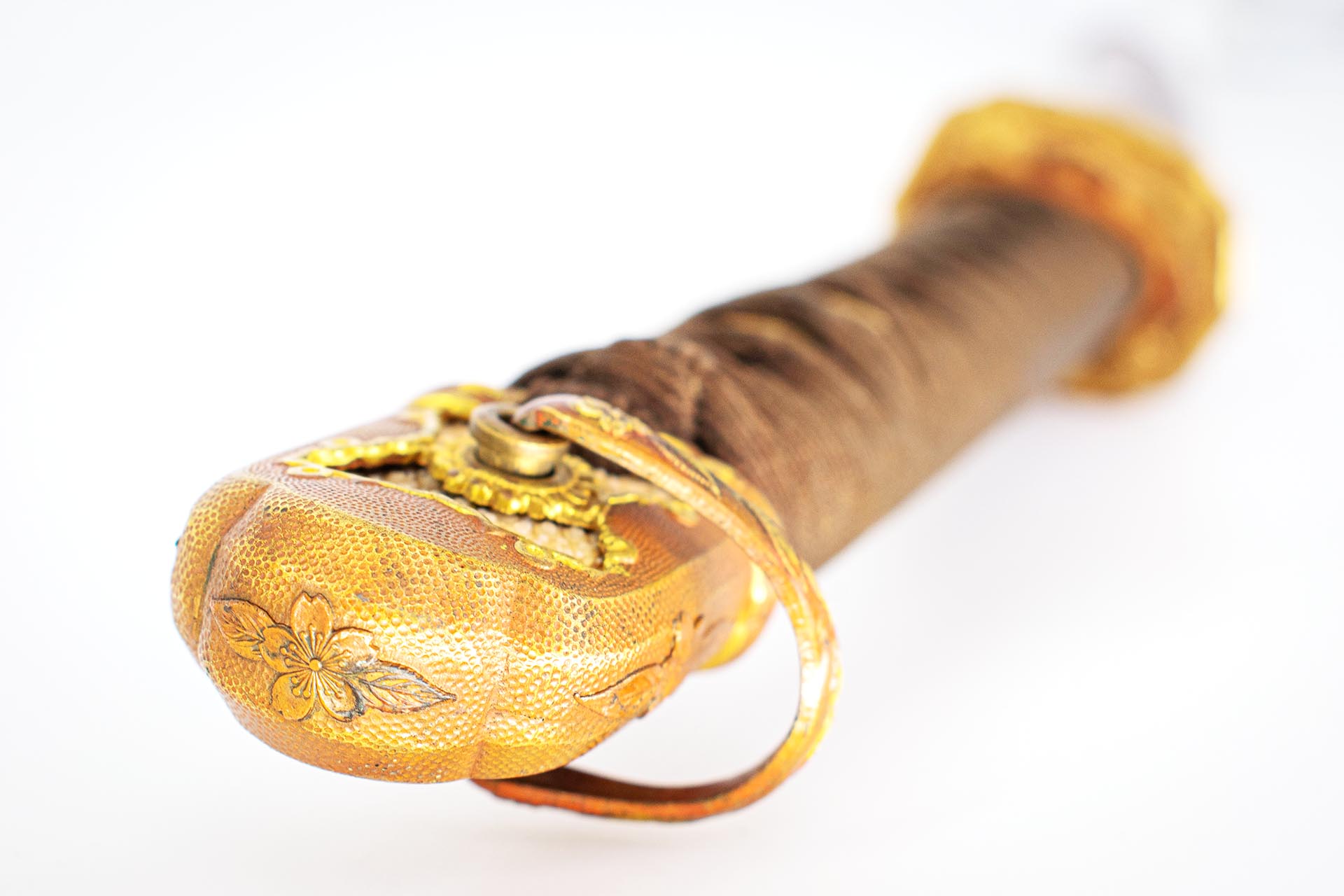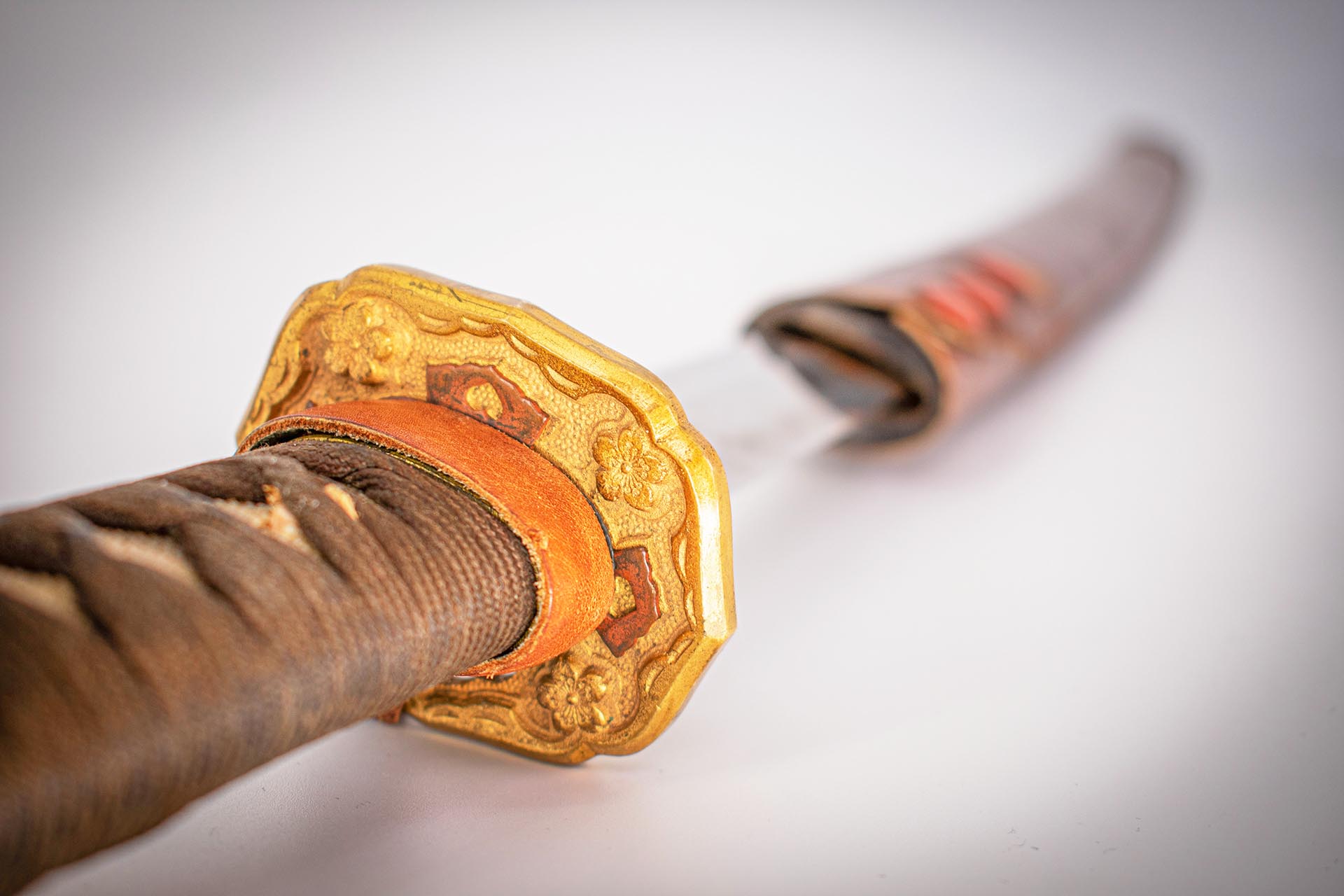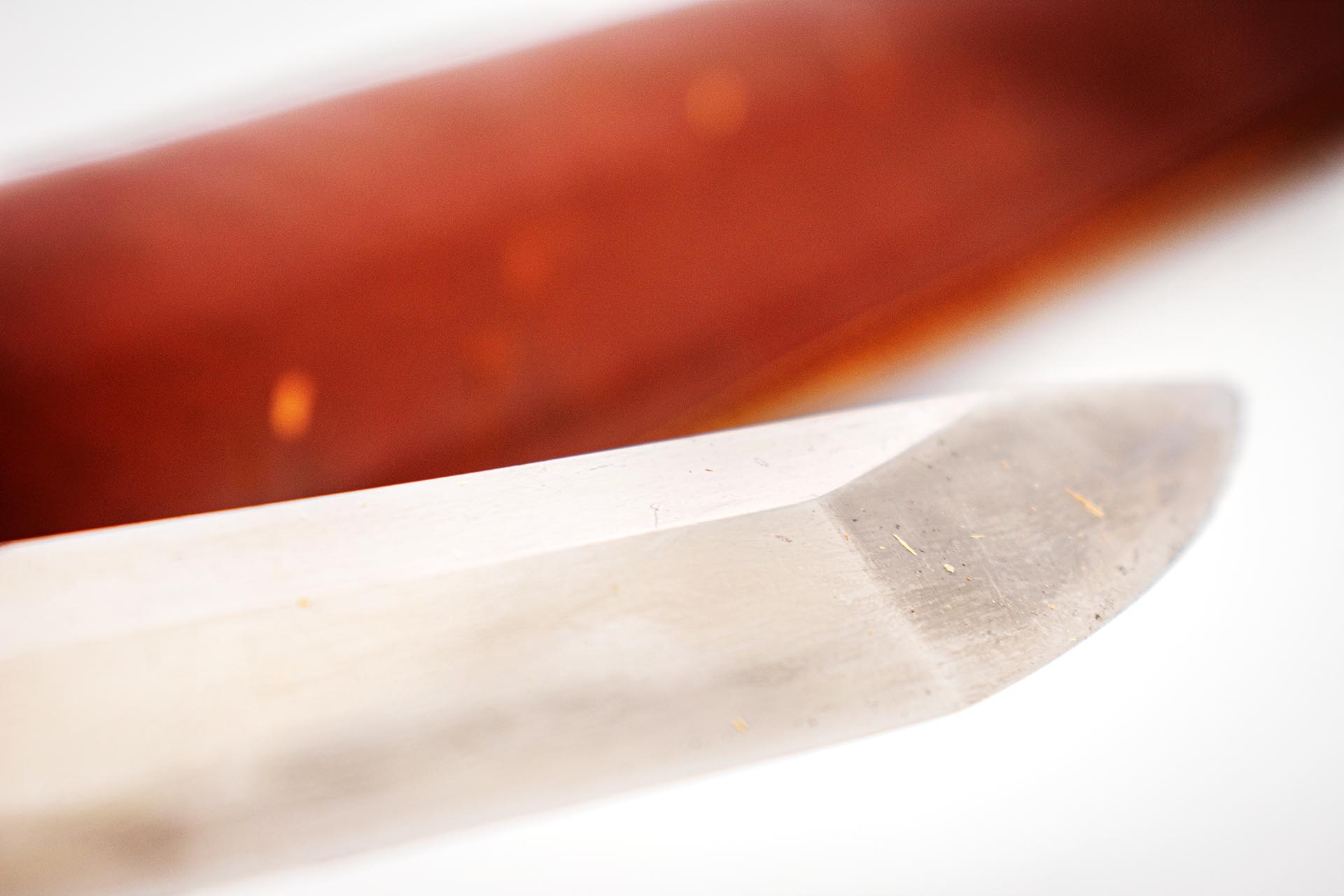The museum exhibition of the 1980s featured many unique exhibits, but neither their history nor the exhibits themselves became the subject of scientific research until the end of the Soviet era. The main purpose of the Soviet-era exhibition was to glorify the USSR’s victory over Nazi Germany and its allies through its exhibits, which clearly did not involve in-depth research of the displayed items.
One of the artifacts, whose unique history remained unknown, was a trophy sword of a Japanese army officer, donated to the museum in the fall of 1984 by Ivan Sergeyev. A participant in the conflict at Lake Hassan in 1938, he served in the Soviet Pacific Fleet Air Force during the German-Soviet War. He met the beginning of the Soviet offensive against Japanese forces in the Far East as the commander of the 7th fighter aviation group of the Pacific Fleet Air Force.
In the 1930s, the political authorities of Japan under the influence of the ideologies of traditionalism and nationalism, which were gaining strength decided that the swords of the army and navy should fully embody the traditions of the Japanese samurai. For civilians who served in the army (contract workers) and wore military uniforms, it was permitted from 1934 to carry traditional Japanese samurai swords – katana and short Japanese swords – wakizashi, in accordance with their military attire. Such military katana had scabbards covered with brown leather, brown handle wraps, and cords, the colors of which corresponded to their rank.
The authorship of this sword belongs to the master Kunitsuna (real name – Tahei Jio), who worked in the province of Echizen during the Edo period. The exact dates of the master’s life are unknown, but he held two titles: Kami – "governor of the blacksmiths of the province," and a personal honorary title-surname Fujiwara, which was granted during the Tokugawa shogunate (from the 17th century). It is also known that he moved from the province of Echizen to the city of Edo, where he began using the names of two provinces – Echizen and Sagami – in his signatures.
The sword has a single-edged, slightly curved blade, on which the temper line known as "hamon" is visible. This is an important part of the blade that indicates it was forged using traditional Japanese hand-forging techniques. The handle is wooden, wrapped in white stingray leather and bound with brown flat tape. Both sides of the handle feature stamped decorations of yellow metal in the shape of cherry blossoms beneath the tape. The pommel has a through hole, through which a decorated brass loop is passed for attaching a cord. The pommel and loop are adorned with flowers and leaves of sakura. The handle is secured to the blade with a bamboo peg that passes through a hole in the tang. The tsuba (hand guard) is made of brass and is shaped like a hibiscus flower.
The scabbard of the traditional Japanese sword is black, lacquered, and covered with a removable brown leather carrying case.
The tang of the blade has an inscription on both sides: 越前者相模字藤原國綱, which translates to "Echizen-jū Sagami no Kami Fujiwara Kunitsuna" – a resident of the province of Echizen Sagami – the great swordsmith Fujiwara Kunitsuna.
